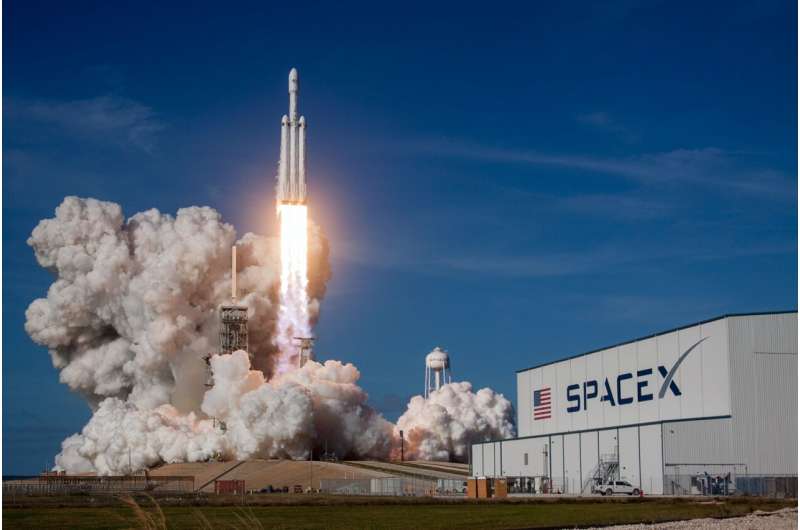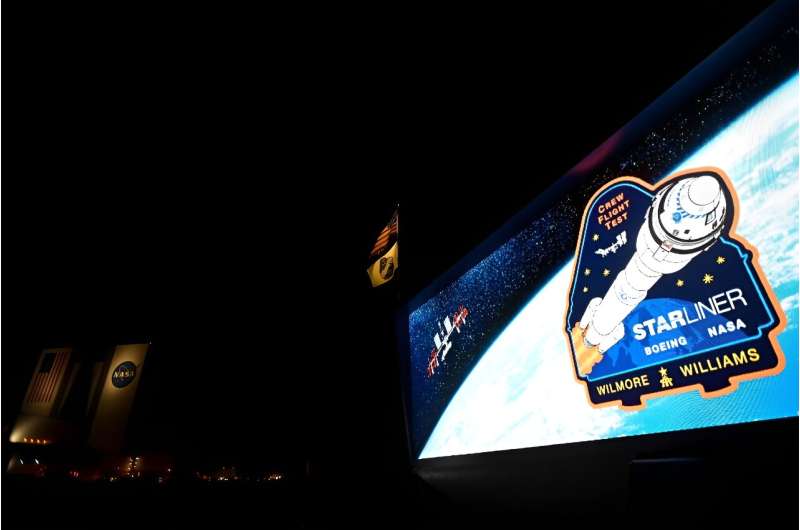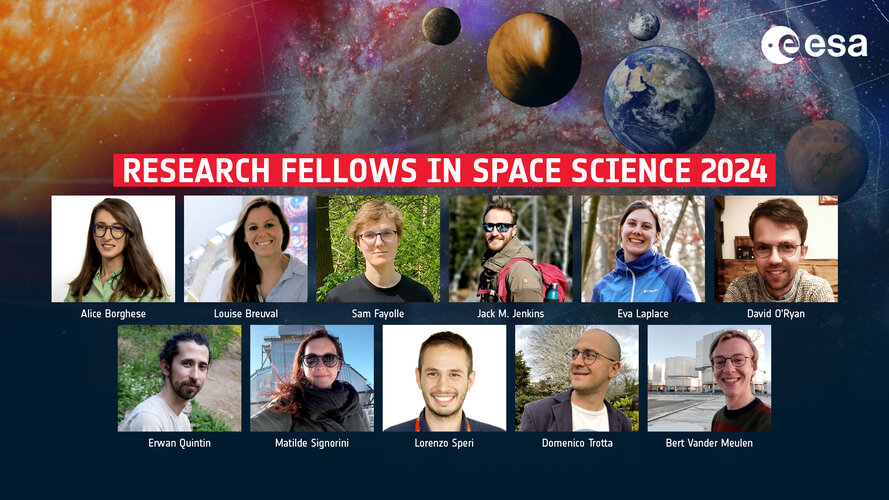
Copernical Team
Long March 6C rocket joins fleet with successful inaugural launch
 China's Long March 6C rocket successfully completed its first flight on Tuesday, deploying four satellites into orbit.
Launching at 11:21 am from the Taiyuan Satellite Launch Center located in a mountainous area of Shanxi province, the 43-meter-tall rocket successfully placed a radar satellite, an optical remote-sensing satellite, and two experimental satellites into their designated orbit
China's Long March 6C rocket successfully completed its first flight on Tuesday, deploying four satellites into orbit.
Launching at 11:21 am from the Taiyuan Satellite Launch Center located in a mountainous area of Shanxi province, the 43-meter-tall rocket successfully placed a radar satellite, an optical remote-sensing satellite, and two experimental satellites into their designated orbit How NASA's Roman mission will hunt for primordial black holes

Video: Using a hopping robot for asteroid exploration
Use this form if you have come across a typo, inaccuracy or would like to send an edit request for the content on this page. For general inquiries, please use our contact form. For general feedback, use the public comments section below (please adhere to guidelines).
Please select the most appropriate category to facilitate processing of your request
Billionaire's 2nd SpaceX trip featuring spacewalk aims for early summer launch

Billionaire Jared Issacman, who flew to space once with SpaceX, is already set for launch No. 2 in early summer.
The mission calls for new spacesuits introduced this past weekend designed so the crew can survive the plan to suck out all of the air of the spacecraft and allow Issacman and a crewmate to make the first commercial spacewalk in history.
Flying on the Crew Dragon Resilience again, the mission dubbed Polaris Dawn is the first of up to three flights Issacman wants to fly, culminating in what is supposed to be the first crewed mission of SpaceX's Starship.
For now, though, the mission has to use SpaceX's existing rocket options, so he and his three crewmates will launch atop a Falcon 9 from Kennedy Space Center's Launch Complex 39-A. It will mark Issacman's return after his Inspiration4 mission in 2021.
That flight featured three crewmates chosen through a series of contests and fundraisers as well as a representative of his altruistic target, St. Jude Children's Research Hospital.
His crewmates for Polaris Dawn include two SpaceX employees and one of Issacman's pilot friends.
Boeing Starliner crewed mission postponed until at least Friday

The first crewed launch of Boeing's Starliner spaceship will have to wait until at least Friday to give ground teams time to analyze a malfunctioning rocket valve, pushing back a high-stakes test trip to the International Space Station.
The mission has already faced years of delays and comes at a challenging time for Boeing, as a safety crisis engulfs the century-old aerospace titan's commercial aviation arm.
NASA is also banking on Starliner's success in order to achieve its goal of certifying a second commercial vehicle to carry crews to the orbital outpost.
Research Fellows in space science 2024
 Image:
Research Fellows in space science 2024
Image:
Research Fellows in space science 2024 Ariane 6 first flight: timelapse of transfer and assembly on the launch pad
 Video:
00:02:35
Video:
00:02:35
In April 2024, Ariane 6’s central core – the main body of the rocket – was stood tall at the launch zone and connected to its two solid-fuel boosters. This exciting moment means only one thing: it’s the start of the first launch campaign.
The main stage and upper stage make up the core stage, and they were autonomously driven at 3 km/h from the rocket assembly building to the launch pad, 800 m away. Then lifted by a crane, the Ariane 6 core was stood upright on the launch table.
The two boosters were transported to the launch
International Support for China's Chang'e-6 Lunar Mission
 On Friday, an international gathering praised the robust global partnership involved in China's Chang'e-6 lunar mission and expressed a unified intent to expand cooperation in lunar and deep space ventures.
Hosted by the China National Space Administration, approximately 50 representatives from 12 nations and various global entities convened at a seminar to deliberate on the international
On Friday, an international gathering praised the robust global partnership involved in China's Chang'e-6 lunar mission and expressed a unified intent to expand cooperation in lunar and deep space ventures.
Hosted by the China National Space Administration, approximately 50 representatives from 12 nations and various global entities convened at a seminar to deliberate on the international Predicting crop yields with plant fluorescence from satellite imagery
 Researchers at Cornell University, along with their collaborators, have introduced a novel framework designed to predict agricultural yields using minimal data, a boon particularly for developing regions grappling with food insecurity and the impacts of climate change.
Globally, the stability of crop yields has been undermined significantly by climate change, with a notable statistic from
Researchers at Cornell University, along with their collaborators, have introduced a novel framework designed to predict agricultural yields using minimal data, a boon particularly for developing regions grappling with food insecurity and the impacts of climate change.
Globally, the stability of crop yields has been undermined significantly by climate change, with a notable statistic from Rocket Lab Posts Strong First Quarter with Significant Revenue and Growth Projections
 Rocket Lab USA, Inc. (Nasdaq: RKLB) has shared its financial results for the first quarter ending March 31, 2024, highlighting significant year-on-year and sequential revenue growth.
"Rocket Lab has had a strong start to the year, with our four Electron missions in Q1 marking an accelerated cadence of launches this year and maintaining our status as operators of the United States' second m
Rocket Lab USA, Inc. (Nasdaq: RKLB) has shared its financial results for the first quarter ending March 31, 2024, highlighting significant year-on-year and sequential revenue growth.
"Rocket Lab has had a strong start to the year, with our four Electron missions in Q1 marking an accelerated cadence of launches this year and maintaining our status as operators of the United States' second m 